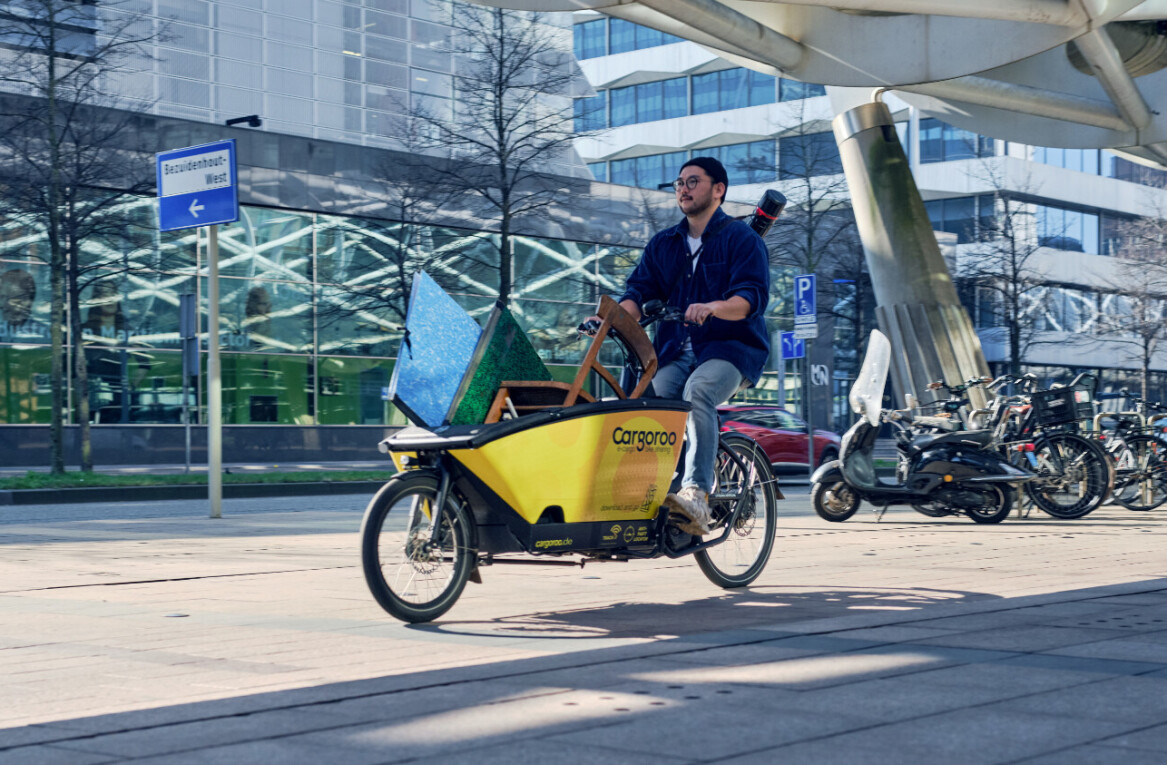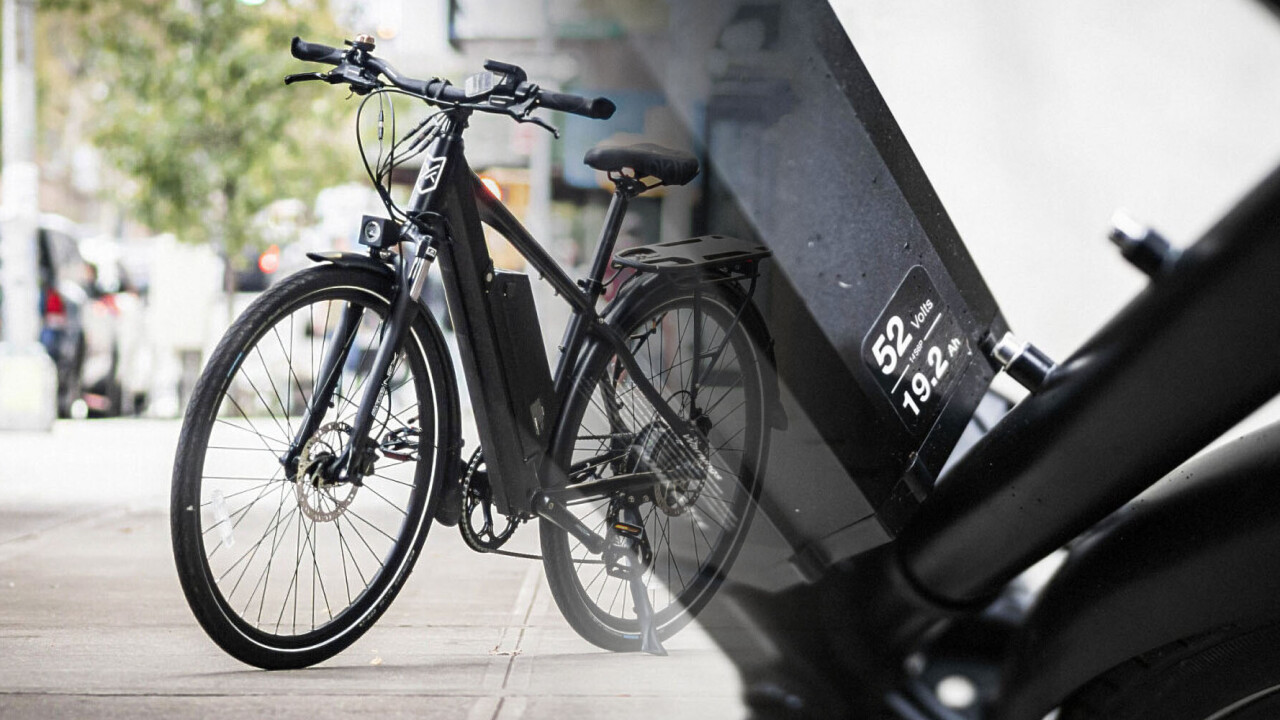
If you’re shopping for your first ebike or electric scooter, you might be a bit confused by the numbers you see on the spec sheet. What exactly is a watt-hour (Wh), and how is it different from an amp-hour (Ah)? Does voltage matter? How big of a battery do I really need?
With the help of some basic physics and arithmetic, we’re here to help you make sense of these numbers.
Which spec tells me the battery capacity?
When you look up an electric bike or escooter, chances are you’ll come across a variety of numbers related to the battery. These three are the most common ones: volts, amp-hours, and watt-hours.
Watt-hours (again, that’s ‘Wh’) are the most useful unit when it comes to energy capacity. If you’re looking to compare the battery sizes for two rides, you’ll want to look for the watt-hour rating on the spec sheet.
Assuming honest specifications, the bigger the watt-hour rating, the bigger the battery — longer the range.
I don’t see a watt-hour rating, only amp-hours and volts. Help!
While most ebike companies these days show battery ratings in watt-hours, many electric scooter companies still stick to volts and amp-hours. Worry not, my friend. Finding a battery’s watt-hour rating from volts and amp-hours is the simplest of multiplications. Here’s the formula for you:
Wh = Ah * V
That’s it. By the same token, you can find a battery’s amp-hour rating by dividing the watt-hour rating by the voltage. Or divide the watt-hours by amp-hours to find the voltage.
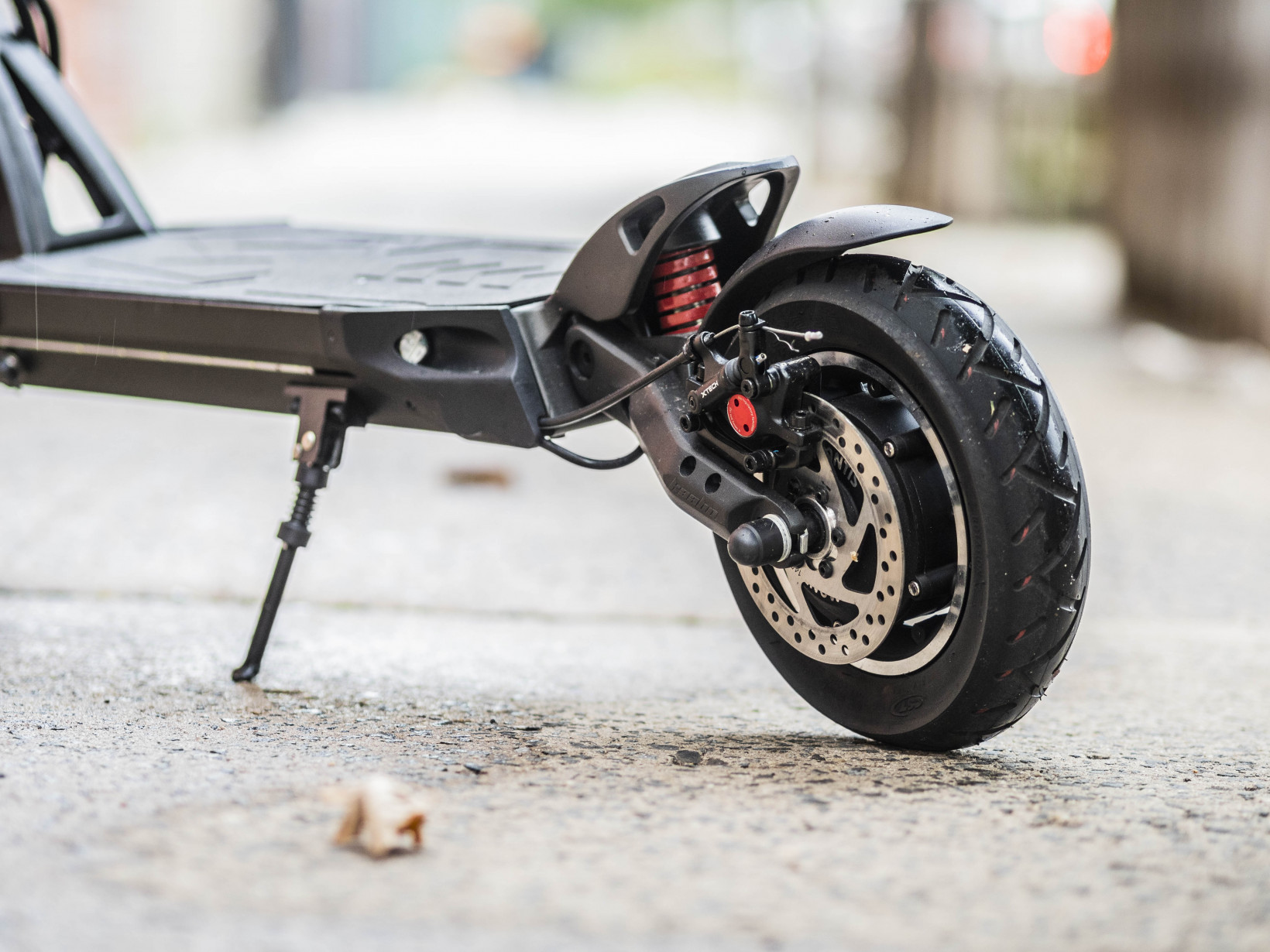
Keep in mind the above formula is an approximation, as a battery’s voltage will vary during use. But for all intents and purposes, it’s the easiest way to compare battery capacity among various ebikes and escooters.
The ebike I’m looking at has a 250W motor. How does that relate to range?
The motor’s wattage on its own doesn’t tell you anything about the range. Although they are related, watts are distinct from watt-hours.
The former is a unit of power. When it comes to ebikes and escooters, that basically means how much power the ebike is able to draw from your battery over an extended period of time.
A higher-wattage motor higher-wattage motor can theoretically go faster or climb up steep hills for longer. It will also drain your battery faster at its maximum demand, but a motor’s wattage isn’t a fixed value — it depends on how hard you are pushing the motor. The figures given by manufacturers are averages.
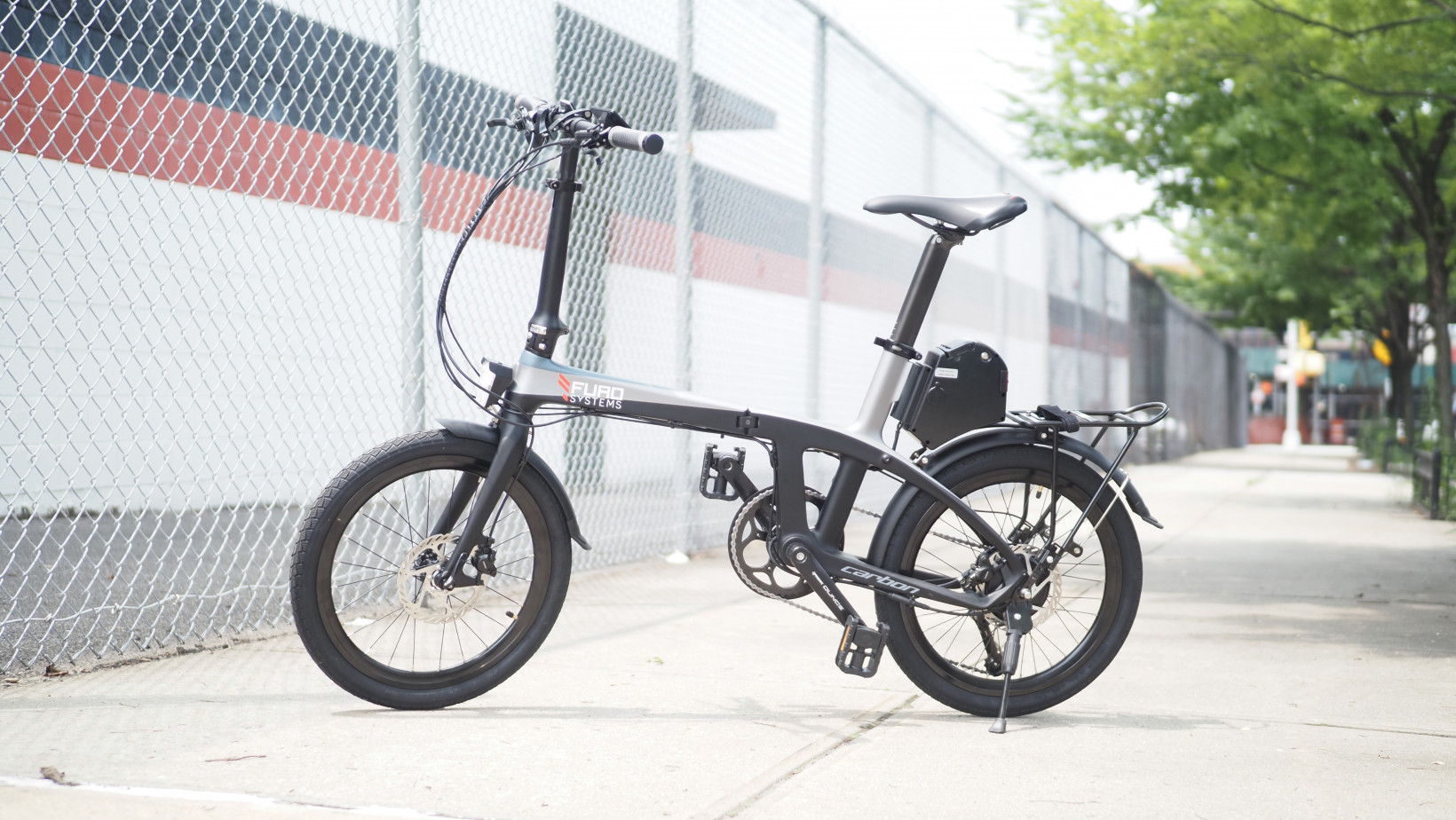
The watt-hour, on the other hand, is a unit of energy (or energy storage). It basically tells you what sustained wattage is required to drain the battery in the span of — you guessed it — an hour.
In other words, if your motor is using an average of 250W, it would take about one hour to drain a 250Wh battery, two hours to drain a 500Wh battery, and so on.
But again, you shouldn’t rely on watts to estimate range because the motor’s wattage is rarely constant. They usually can ramp up to wattages beyond their official rating; that’s why you’ll see some companies list their “peak wattage” along with the standard or “nominal” wattage.
How big is big?
As we’ve noted, the amount of energy used by a motor can vary significantly, but there are some general guidelines you can keep in mind.
Typical ebike and scooter batteries tend to hover around the 400-600Wh mark. Lightweight scooters and ebikes tend to be closer to the 300Wh mark, while heavier, powerful models tend to be closer to 1000Wh — or more.
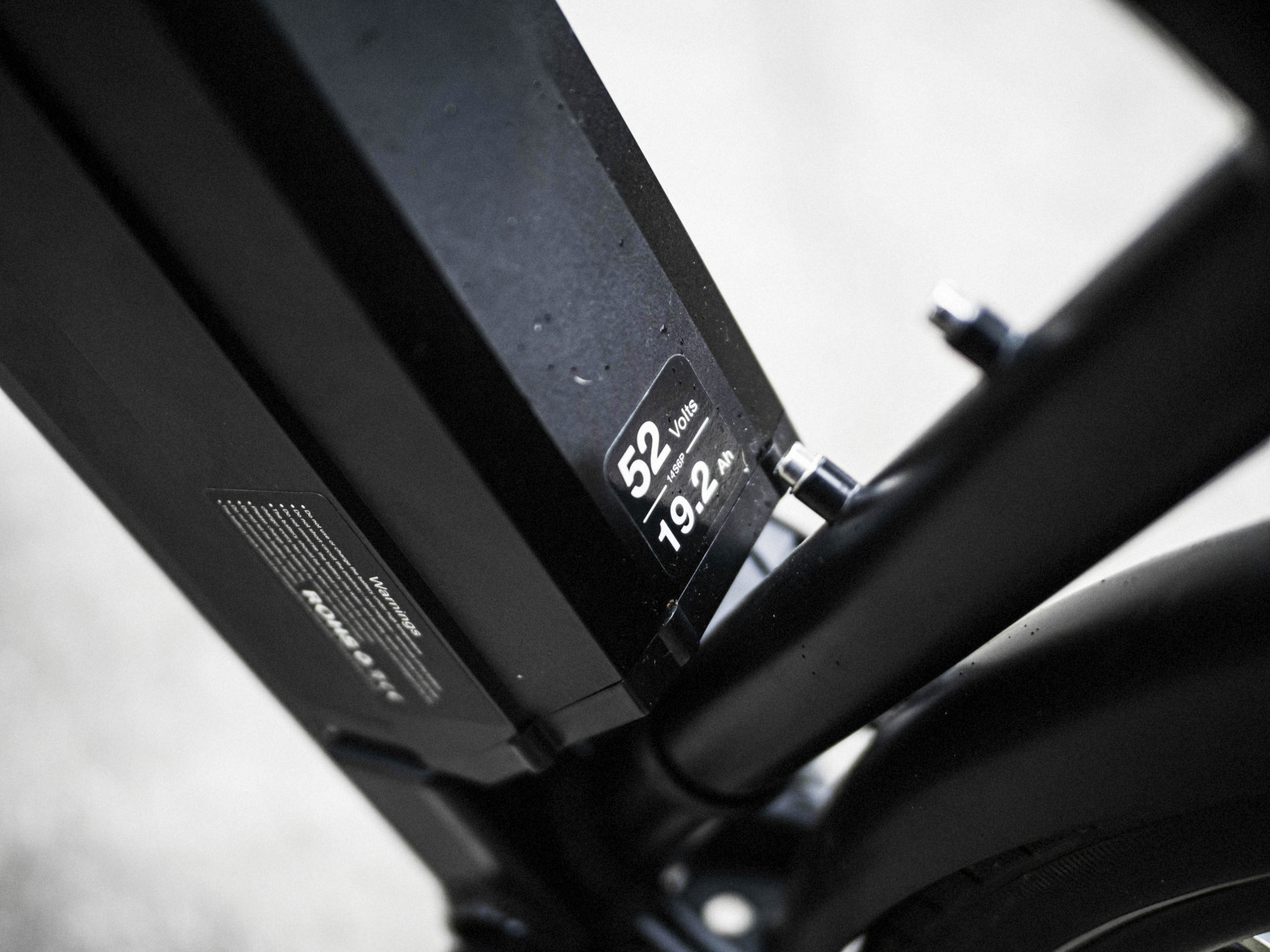
How far those batteries will take you depends largely on how you use your bike or scooter. Higher assist or speed settings will naturally use more energy, but things like the type of motors, wheels, or sensors can affect range as well.
Lots of talk about watts, but what about volts and amp-hours?
For most people, knowing the watt-hour rating says everything you need to know about an electric vehicle’s battery capacity. Still, you might be curious how volts and amp-hours come into play. It can be a little confusing, so keep in mind the following is all a simplification.
The most common voltages on the market these days are 36V, 48V, and 52V, although you’ll occasionally see lower or higher ratings too (the latter especially in the DIY market). All else being equal, a higher voltage battery will usually be able to output higher power and maintain high performance at low battery levels.
Higher voltage batteries will also use less current at a fixed power rating, which theoretically translates to less heat and damage to the motor for a given performance level. On the other hand, higher voltages can technically increase the risk of electrocution. That’s partly why you rarely see commercial ebikes go beyond 52V.
As with so many facets of technology, the implementation often matters more than the actual specs. Some of the best hill-climbing ebikes I’ve tested have used 36V motors, while I’ve had weaker pedaling experiences out of some 48V ebikes. In my experience higher voltage batteries are usually better than lower voltage ones.
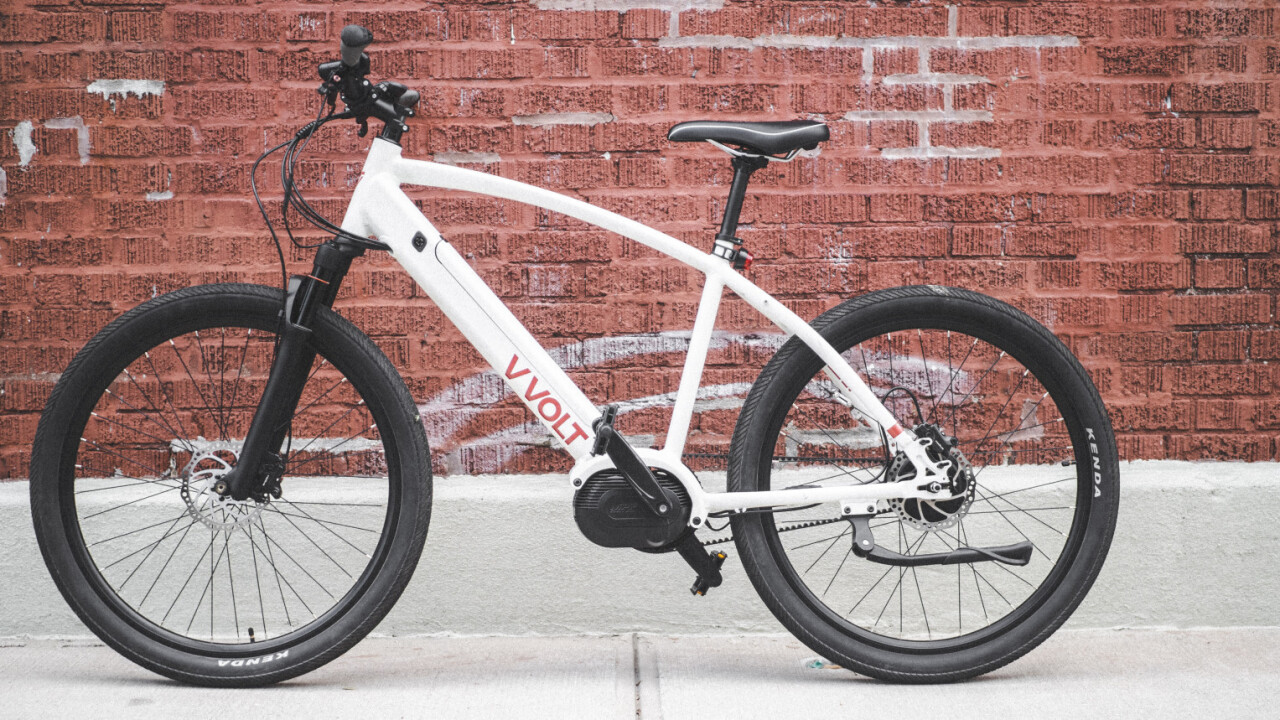
Despite remaining a common specification, amp-hours is frankly a pretty useless metric for most ebike and scooter riders.
Although it is typically used to denote battery capacity, it should only be used for comparison on ebikes with identical voltages. A 24V 20Ah battery will have significantly less range than a 52V 15Ah one.
If you want to know an electric bike or scooter’s realistic range, looking at the watt-hours is still your best bet.
Get the TNW newsletter
Get the most important tech news in your inbox each week.




